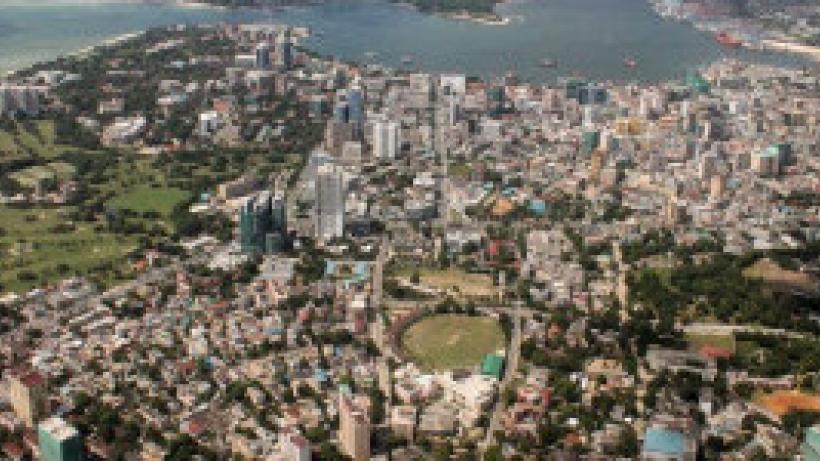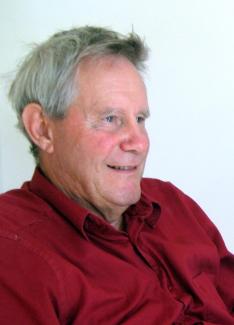
Workshop: Population Growth, Internal Migration and Urbanisation in Tanzania
-
Hugh Wenban-Smith - Presentation (National Overview)
PDF document • 291.67 KB
-
Hugh Wenban-Smith - Presentation (The Regions)
PDF document • 562.83 KB
-
Patricia Jones - Presentation
PDF document • 1.96 MB
Urbanisation is proceeding rapidly in Tanzania, but is not proving the ‘engine of growth’ that was anticipated. Urban areas are embedded in the wider economy; thus IGC researcher, Dr. Hugh Wenban-Smith set out to better understand how dynamics in rural areas, small towns, and regions affect urbanisation and urban conditions in Tanzania.
The IGC Tanzania office, based in Dar es Salaam and in partnership with the Bank of Tanzania, hosted a workshop to present Wenban-Smith’s initial findings from his study, Population Growth, Internal Migration, and Urbanisation in Tanzania—Phase 2. The workshop gathered urban and rural planning officials and statisticians from the Prime Minister’s Office—Regional Administration and Local Governance (PMO-RALG); the Ministry of Lands, Housing, and Human Settlements; Ilala and Temeke Municipal Councils; the Town Planners Registration Board; the Commissioner for Land Use; as well as academics from Ardhi University and the University of Dar es Salaam to discuss migration trends in Wenban-Smith’s data analysis and their possible drivers.
Dr. Wenban-Smith displayed the population growth rates of different cities in Tanzania, highlighting which were growing above and below national trends. For regional cases identified as exceptions to the national trend, Wenban-Smith brought up some historical policies that may have played a role in rural to urban migration: 1) Tanzania’s villagisation programme, 2) the nationalisation of industry in Tanzania, and 3) the impact of national agricultural boards.
In addition to two presentations by Wenban-Smith, participants also heard from Patricia Jones, senior researcher at Oxford University and project lead on that university’s most recent initiative on cities, the Spatial Development of African Cities. This project is exploring patterns, determinants, and implications household and business location in African cities, based on intensive collection and analysis of high resolution satellite data, geographical maps, and local survey data. Dr. Jones presented this study’s preliminary findings on Dar es Salaam, which proves to be a unique case among the study’s other cities.
By Sally Murray (IGC Country Economist, Rwanda) and Anne Laski (IGC Country Economist, Tanzania)


